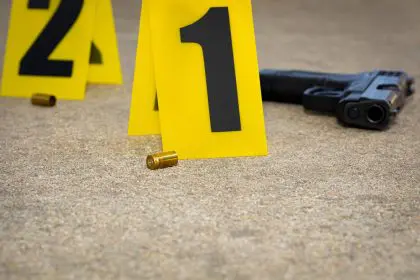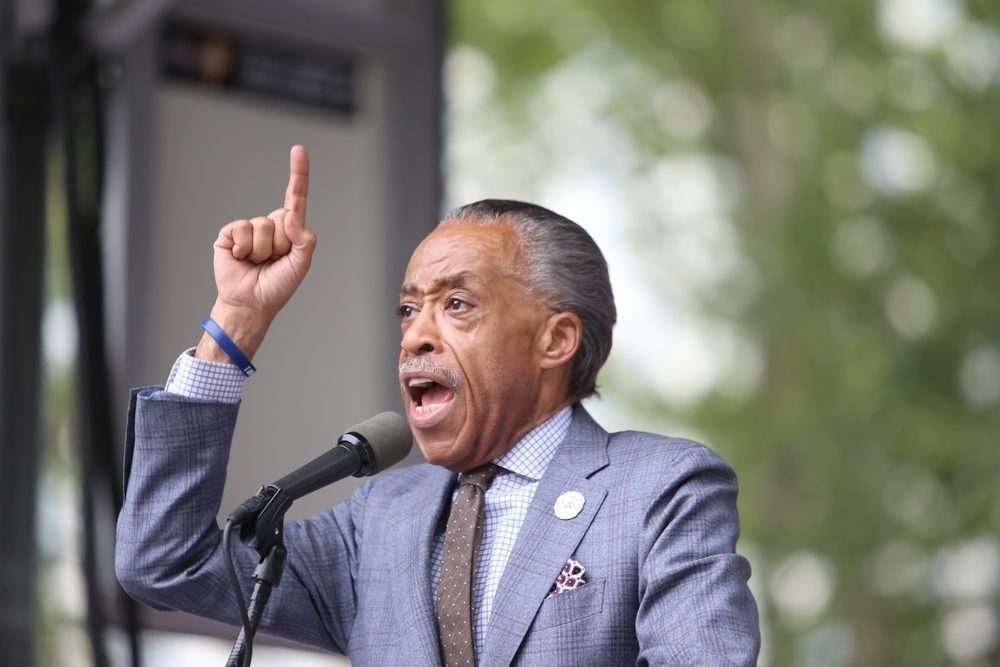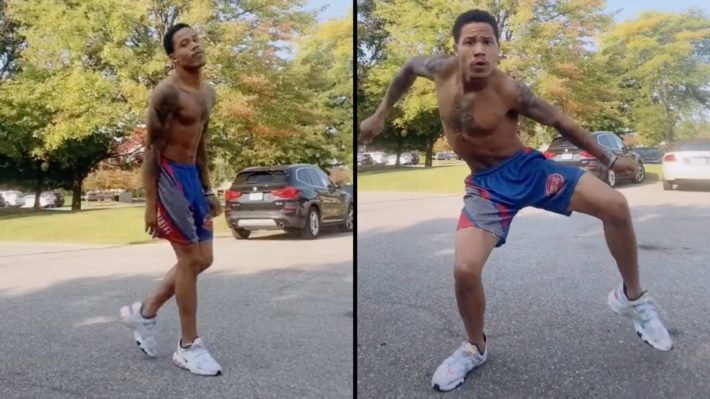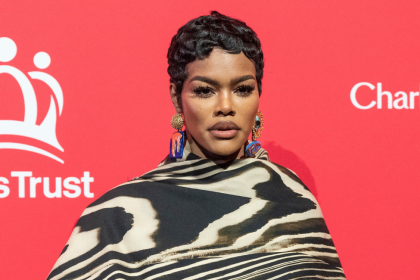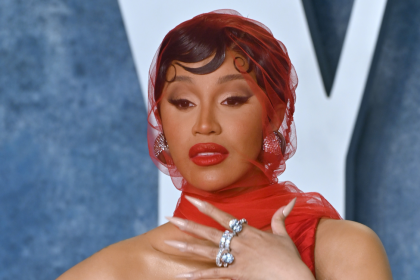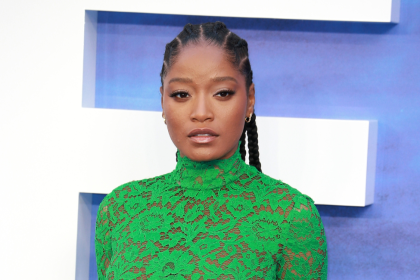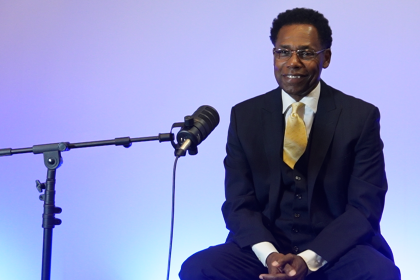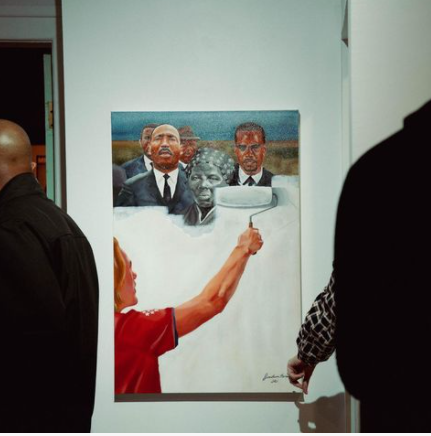
As you chose the imagery, what was your frame of mind?
Well, I was working in my warehouse gallery in Detroit and there was a lot of conversation about critical race theory. Should it be taught or not? I even had some conversations with my own family about it, because one of my brothers-in-law works as director of inclusion for a primarily White school district, and they were doing they dealing with that issue as well. The main reason that I’m hearing that they don’t want it to be taught is because they don’t want White kids to feel uncomfortable and feel that they are privileged.
I picked Martin Luther King Jr., Malcolm X and Harriet Tubman because these are three characters that are known widespread by Black people and should be known widespread by Caucasian people. I know that right now dealing with the whole critical race theory talk that these [people] are not in jeopardy of being removed [from history]. … My fear is that in the future, five generations from now, the theory thing just keeps evolving and keeps growing [and] eventually it gets to a point where, once again, our history is gone and we only know what is taught by White people.
What was your reaction to the Ahmaud Arbery situation?
It’s painful to watch that stuff on the news. When he was killed, you see his family and friends just pleading for an arrest. That’s so scary that White people could kill somebody, have it be videotaped, and you still have to plead for an arrest. That’s painful. It’s not just something I can look at and say, I just want to move on. It just felt like God put something in me and I want to use it to bring awareness to all these situations and not be scared.

